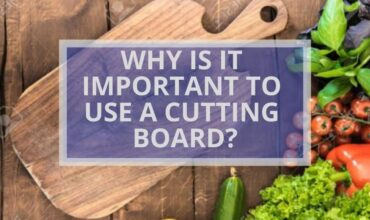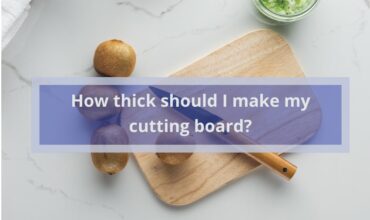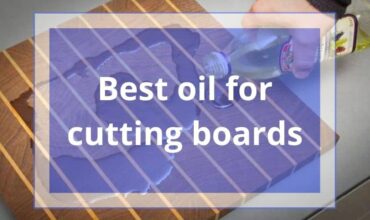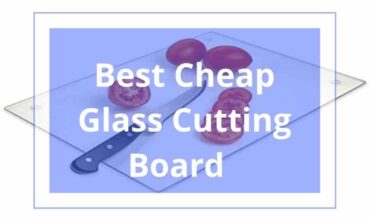Cutting boards are an essential part of our everyday cooking and food preparation. To ensure their longevity, it is important to properly care for end grain cutting boards.
Learn the proper maintenance of end grain cutting boards and make them last! Explore easy steps on how to keep such boards looking new.
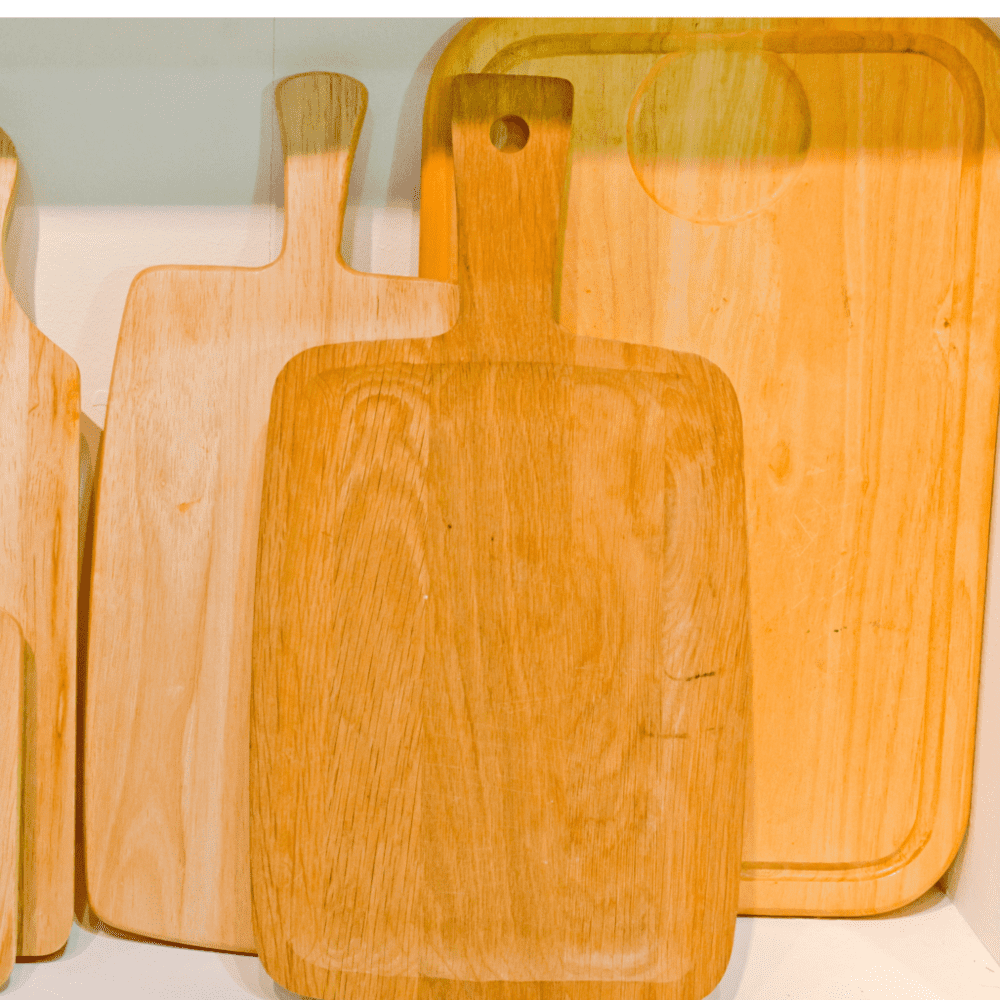
How to care for the EndGrain cutting boards?
- Carrying out regular maintenance of the board is simple and significant to ensure its high performance and longevity.
- The EndGrain Complete Care System is designed to protect your board.
- Sticking to the suggested maintenance routine ensures your cutting board is sanitized, moist, and ready for use at all times.
- This board should not be exposed to water.
- No water should be used on the EndGrain Cutting Board except for a quick rinse, with immediate drying after.
- Setting it down on any moist surface may cause warping or cracking, resulting in voiding the warranty.
Read also: How Thick Should I Make My Cutting Boards?
Cleaning Your EndGrain Cutting Board
It is important to clean your EndGrain Cutting Board immediately after using it to prevent staining and odours.
We will discuss stain and odour removal in more detail later; for now, let’s focus on the basics of cleaning and maintenance.
1. For getting rid of bigger food particles on your cutting board, you should use either:
- an anti-scratch sponge
- Or a reliable dishcloth
- Or a stiff dish brush.
If some bits are particularly challenging to remove, try using a flat steel scraper or spatula.
Most kitchen stores sell hard silicone pot scrapers, which are great for removing any stubborn food residue.
Steel brushes and steel wool should be avoided when cleaning the board.
They can cause scuffing and openings which invites bacteria.
2. Once you’ve cleared away bits of food, moisten the surface using hot to warm water before applying a small amount of EndGrain Cutting Block Soap.
3. Scrub your cutting board with a sponge, cloth, or brush using circular motions.
Make sure all its surfaces — including the edges and bottom — are thoroughly cleaned.
This wipes away any invisible food particles or microbes that may be on the board.
Keep scrubbing until you have built up soapy suds, which can help lift lingering food debris on the surface.
Gentle dish soap will work as an alternative in case you don’t have EndGrain Soap,
4. Complete scrubbing, rinsing and drying your board with a lint-free towel.
5. On its edge, Set the board to dry for at least an hour.
It would be better if this step was done overnight.
Using paper towels instead can lead to some lint residue that isn’t harmful but can be unattractive.
6. Using a dry, clean hand, check to see if the item is still damp. If it is, allow more time for it to dry before continuing with oiling.
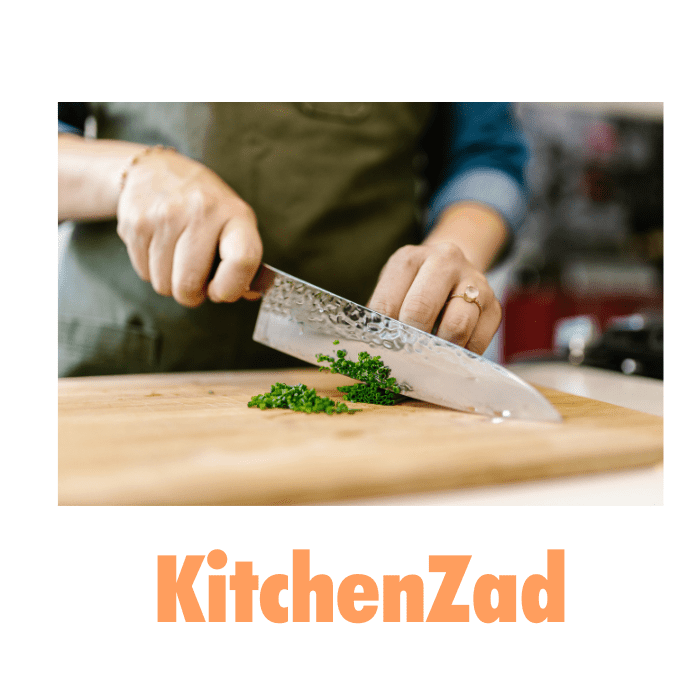
Maintaining Your EndGrain Cutting Board
Step 1: Oiling
To care properly for your board, make sure you apply oil on all its surfaces – top, bottom, juice channels, spillways and edges – when it is dry.
Avoid using any cooking oils, like coconut, olive, etc.
They may go bad and cause unpleasant odours and tastes in the food being prepared.
Additionally, the board itself may start to smell bad.
Many techniques can be used to apply EndGrain Cutting Board Oil onto your cutting board.
- Nitrile (or vinyl) gloves that are single-use and food-safe provide the most precision when applying oil to boards. This ensures each side is properly coated with the oil.
Once you’ve applied oil to the cutting board, you can use an oil-free cloth or dish towel for further coats.
However, once they have soaked up the oil, they must be washed before being used again as the material is absorbent.
- Wrapping your kitchen sponge in plastic help prevent oil from soaking into your sponge.
This makes sure all the amount of oil is applied to the cutting board.
Lay down a piece of plastic wrap and place the item on top of it to prevent the oil from dripping onto other surfaces.
After applying the oil, stand the board up on its edge to let it soak in the oil for a minimum of 1-2 hours or overnight; then, wipe away any remaining oil.
Read also: 10 Best Oil For Cutting Boards
Step 2: Waxing
Waxing is the last step in the maintenance procedure.
EndGrain Cutting Block Wax’s formula contains:
- beeswax
- carnauba wax
- lemon and orange essential oils.
By combining ingredients, an extra protective layer is formed which increases the longevity of the cutting board.
- Make sure to apply the product evenly to all sections of the board, including the sides, juicing channels, top, bottom, and edge.
- Let the wax set and harden for several hours or until the next day.
- Once finished, use a soft and lint-free cloth or towel to remove any excess wax.
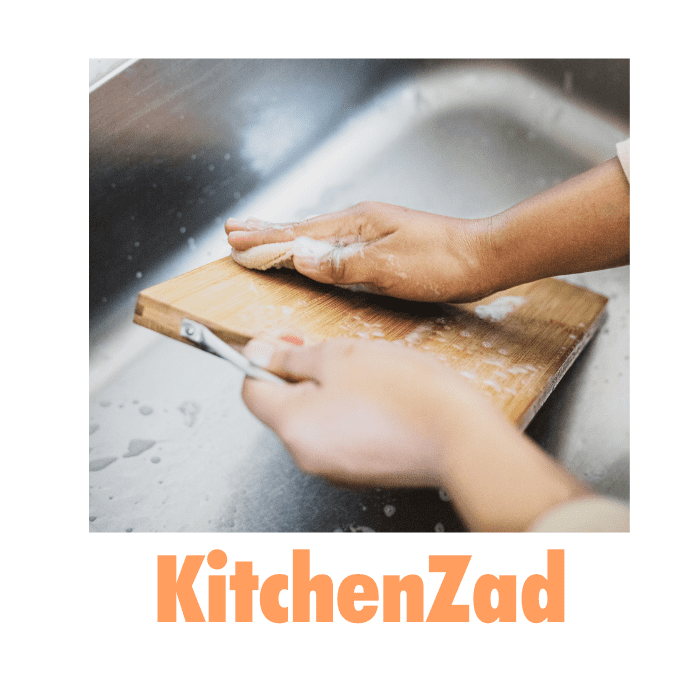
The third and last step
Store your board somewhere away from moisture and dramatic temperature changes.
When you’re working in the kitchen, make sure to keep your chopping board away from the fridge, stove (when in use), and dishwasher.
Do not make your board wrapped by leaving the board for extended periods exposed to the heat and moisture emitted by the kitchen appliances.
Taking good care of your board will make it an heirloom, meant to be treasured by your family for generations.
Read also: 10 Best Cutting Boards Review
Top frequently asked questions
Why do we use EndGrain oil?
EndGrain Cutting Oil uses a combination of mineral oils and vitamin E to moisturize the fibres.
This enhances the natural beauty of the wood by conditioning it.
A special blend of antimicrobial orange and lemon extracts adds a lively scent and extra protection.
This ensures keeping the wood surface food-safe and looking great.
What is the benefit of using EndGrain wax?
EndGrain Cutting Block Wax contains a combination of beeswax and carnauba.
These components help protect the wood against warping and cracking. It also gives it the brilliant appearance
Lemon and orange extracts have antimicrobial features.
They also add an extra beautiful scent and increase the protection of your food as it supports the board’s food safety.
How do butcher blocks and cutting boards differ?
Traditionally a cutting board is made of edge-grain configuration, long face pieces glued together.
On the other side, a butcher block is thicker (at least 2 inches) pieces of end-grain wood, glued together at the edges.
The Cutting Board is like a traditional butcher block.
Both are pieces of walnut and maple end-grain joined together on the edges and faces.
However, the boards are designed to be more versatile; perfect for everyday use and not just for cutting meat.
What type of glue is used for EndGrain Cutting Boards?
FDA-approved waterproof PVA glue
What is the reason behind the coarser texture of some juice grooves?
End-grain wood pieces have the grain of the wood running in a perpendicular direction to that of the tools.
This happens due to the nature of the end grain pieces.
To bring out the grain pattern, these tools have to be used against the grain
Why there are no rubber feet?
There are no rubber feet as it was designed to be with no rubber feet for a few reasons:
– Attaching rubber feet to the bottom of the board by drilling could potentially compromise its strength.
– These cutting boards are multi-functional; they can be used to prepare a variety of dishes, not just delicious grilled meats.
Premium end-grain cutting boards were designed without juice channels for varied use.
– Cutting boards can be placed on a non-slip shelf liner or a silicone potholder to increase their stability on countertops or tables.
Which country manufactures EndGrain Cutting Boards?
They are handmade at their workshop in Louisville, KY USA.
Do I need to apply oil to my EndGrain Cutting Board upon arrival?
You can use your board right away.
It will arrive oiled and waxed.
It is important to season your board multiple times during the first 14 days of owning it
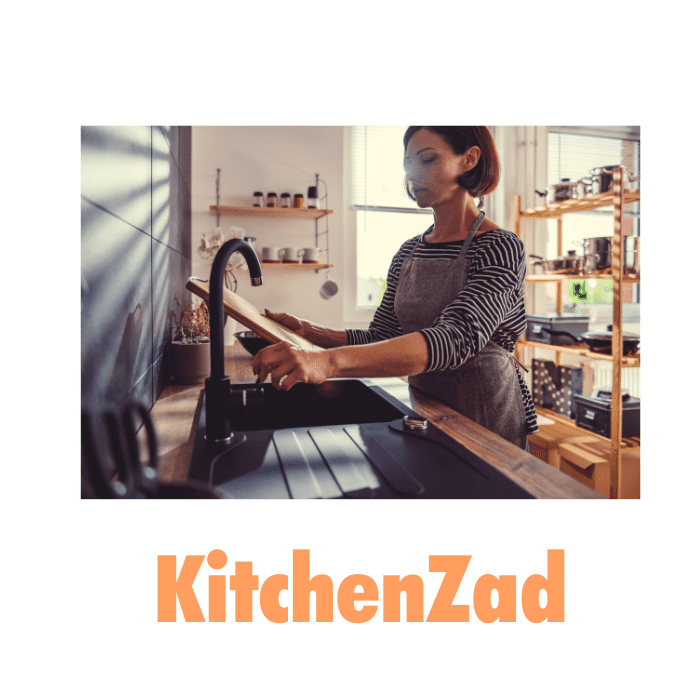
What shouldn’t I do to my EndGrain Cutting Board?
The dishwasher is your board’s biggest enemy.
No water should be used on the EndGrain Cutting Board except for a quick rinse, with immediate drying after.
– Do not stick your knives into the board (this can cause gouging and splintering)
– Do not put hot utensils, pots and pans, or something like a hot water kettle on your board (hot cooked meats are fine).
– Do not put your board in the microwave, fridge, or oven.
These appliances can introduce heat or moisture or may dry out the board.
Wood will expand and contract accordingly.
This can cause the end-grain joints to split.
The splitting of the wood is a complete deterioration of the board
How do I contact EndGrain’s Customer Service?
You can call or email the Customer Care Team
– Number: (502)-200-7160
– Days: Monday-Friday, 9-6 pm ET.
– Email: [email protected]
Is there a Warranty for the EndGrain cutting board?
There is a 30-day Limited Warranty that will cover any manufacturing defects.
However, the warranty does not apply to the following:
– Normal wear and tear and stains
– Intentional or accidental action
– Using the board for other reasons than the intended purpose
– Cleaning in the dishwasher
– Exposing board to excessive heat, cold, or open flame
– Storing in damp or humid areas that could result in warping
– Insufficient oiling and/or care of the board
– Any alterations or abuse
